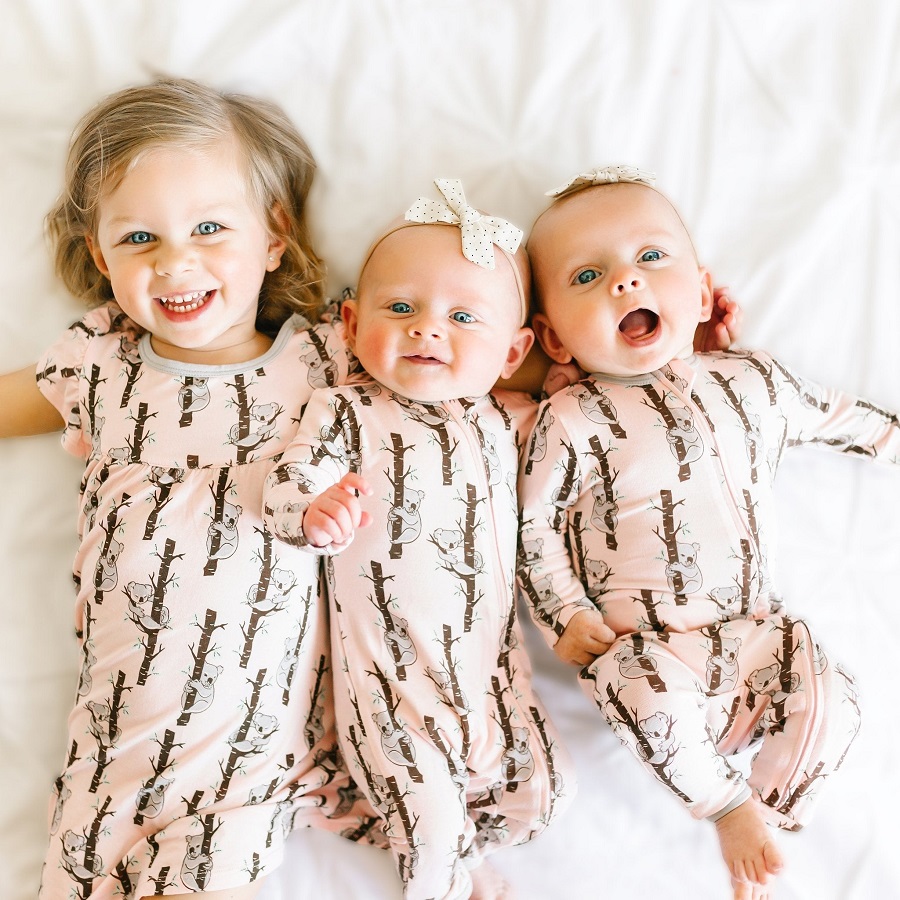Choosing the right clothing for your baby is more than just a matter of style; it involves ensuring their comfort, safety, and ease of care. As a parent, you want your little one to look adorable while also being protected from potential hazards. With countless options available, it can be overwhelming to find baby clothes that meet both criteria. Here are some essential tips to help you select safe and adorable clothing for your precious child.
Understanding Fabric Safety
Choosing Natural Fabrics
When it comes to baby clothes, the fabric should be your first consideration. Babies have sensitive skin, which makes them more susceptible to irritation from harsh materials. Opt for natural fabrics like cotton, bamboo, or linen that are soft, breathable, and hypoallergenic. These materials allow for airflow, helping to regulate your baby’s body temperature and prevent overheating. Organic cotton is an excellent choice as it is grown without harmful chemicals or pesticides, making it gentler on your baby’s skin.
Avoiding Synthetic Fabrics
While synthetic fabrics like polyester and nylon may be durable, they often contain chemicals that can cause allergic reactions or irritate sensitive skin. Additionally, synthetic materials may not be as breathable as natural fabrics, which can lead to discomfort for your baby. Avoid clothing that has been treated with flame retardants or other chemicals, as these can be harmful. Always check the labels for the fabric composition and opt for items made from safe, non-toxic materials.
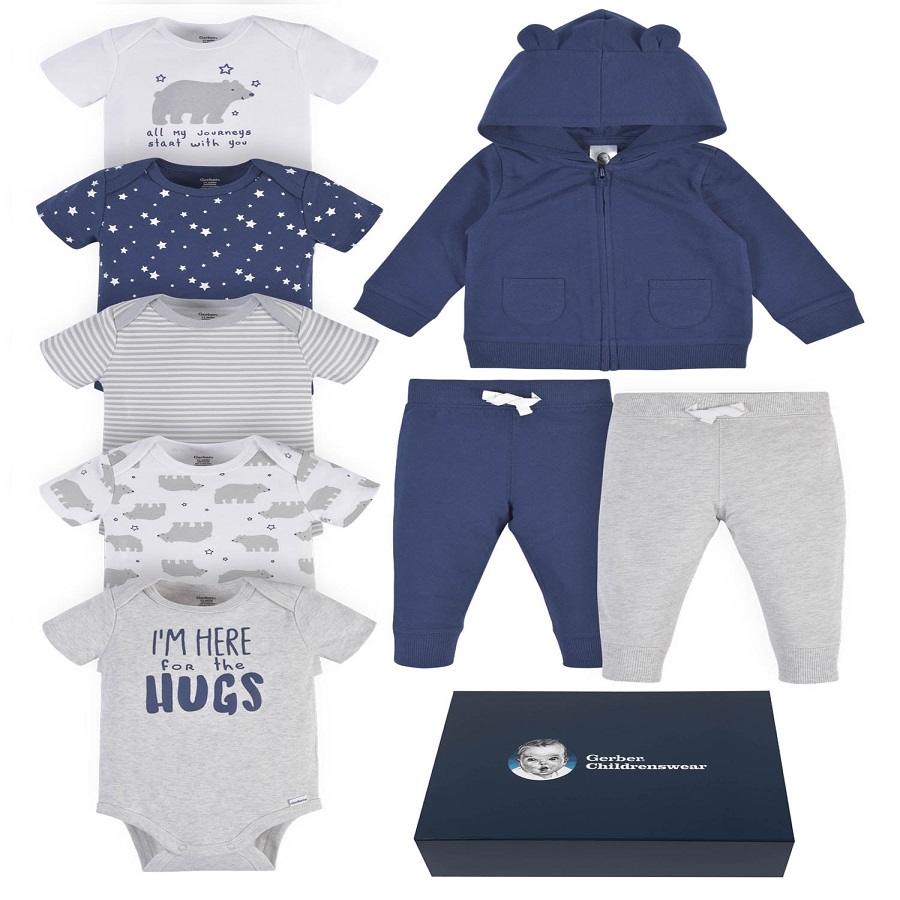
Prioritizing Comfort and Fit
Selecting the Right Size
When shopping for baby clothes, it’s essential to choose the right size to ensure comfort. Babies grow quickly, so buying clothes that are slightly larger can be a good idea, but be cautious of clothes that are too big, as they can pose safety risks. Clothing that is too loose may get caught in things or interfere with movement, which can lead to accidents. Check the size charts provided by the manufacturer and consider your baby’s current measurements to select appropriate sizes.
Considering Ease of Dressing
Dressing a squirmy baby can be a challenge, so look for clothing that is easy to put on and take off. Outfits with wide necklines, snap closures, or zippers can simplify the dressing process. One-piece bodysuits, also known as onesies, are an excellent option for infants as they keep the diaper area covered and allow for easy changes. Avoid clothing with too many buttons, tight cuffs, or complicated fastenings that can make dressing and undressing cumbersome.
Ensuring Safety Features
Checking for Small Parts
One of the primary concerns when selecting baby clothes is safety. Always inspect garments for small parts, such as buttons, embellishments, or zippers, that can pose a choking hazard. Even decorative items like bows or appliqués can come loose and create risks. Look for baby clothes that are designed without these potentially dangerous features. Instead, opt for items that are both cute and safe, such as those with built-in designs or prints that don’t require additional components.
Avoiding String and Tie Closures
While stylish, strings, ribbons, or ties on baby clothing can be dangerous. They can pose choking hazards or become entangled around your baby’s neck. Look for clothes with elastic waistbands or hidden closures instead of drawstrings. When selecting sleepwear, consider options without ties or strings to ensure your baby can move freely without the risk of entanglement during sleep.
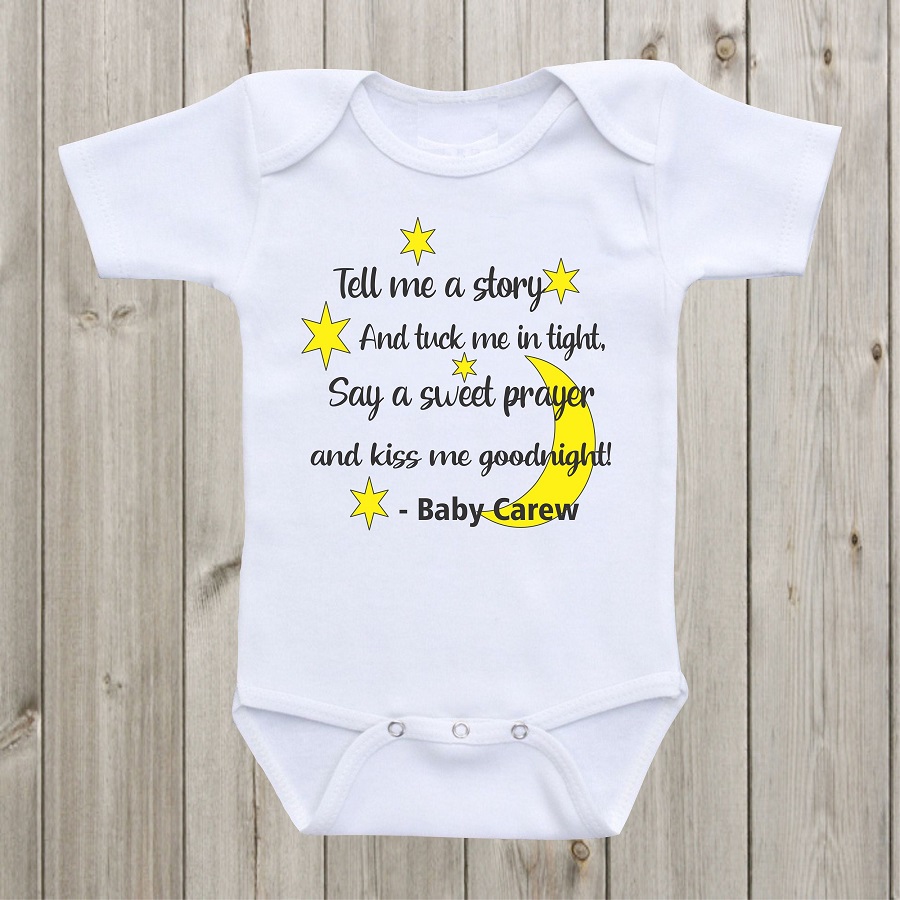
Selecting Appropriate Sleepwear
Prioritizing Safety in Sleepwear
When it comes to sleepwear, safety should be your top priority. The American Academy of Pediatrics (AAP) recommends dressing your baby in lightweight, breathable fabrics that allow for safe sleep. Avoid bulky blankets or heavy fabrics that can lead to overheating. Instead, consider sleep sacks or wearable blankets that keep your baby warm without the risk of suffocation. Ensure that sleepwear is snug-fitting but not too tight, as loose clothing can increase the risk of entrapment.
Choosing Flame-Resistant Materials
While shopping for baby sleepwear, it’s crucial to consider flame resistance. The AAP advises that sleepwear for babies should be made of flame-resistant materials or snug-fitting to minimize the risk of catching fire. Look for garments labeled as flame-resistant, as these have been treated to resist ignition. Avoid oversized pajamas that can bunch up and pose a risk during sleep, and always adhere to safe sleep guidelines when dressing your baby for bed.
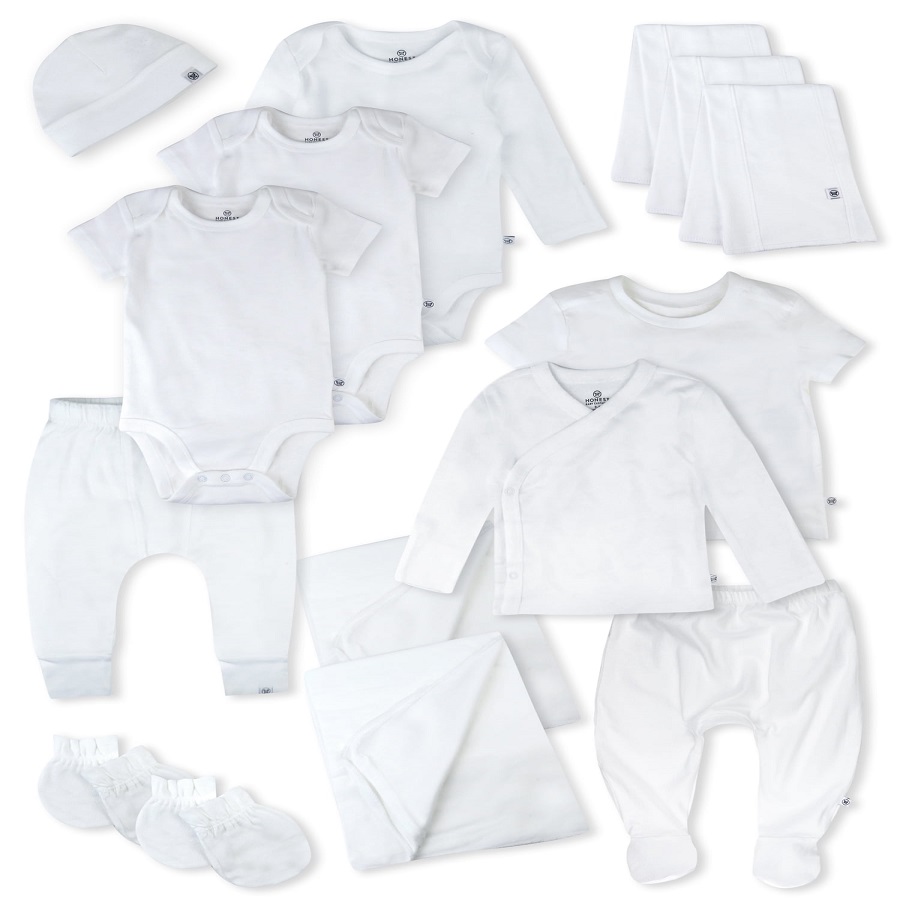
Dressing for the Weather
Layering for Comfort
As the weather changes, it’s essential to keep your baby comfortable by dressing them appropriately. Layering is an effective strategy for regulating your baby’s temperature, especially in transitional seasons. Start with a breathable base layer, such as a cotton bodysuit, and add a lightweight sweater or jacket if it’s chilly. Always ensure that the outer layer is easy to remove, as babies can quickly become overheated.
Seasonal Considerations
In summer, choose light, airy fabrics to keep your baby cool. Look for short-sleeved bodysuits or lightweight dresses that provide protection from the sun without overheating. In contrast, during the winter months, opt for warmer clothing like fleece-lined jackets or thermal layers to ensure your baby stays cozy. Remember to keep their extremities warm; hats and booties can help retain heat. Always consider the weather conditions and dress your baby accordingly to keep them comfortable.
Opting for Functional Features
Snap and Zipper Closures
When selecting baby clothes, functionality is key. Snap closures are popular for diapers, making it easy for parents to change their little ones quickly. Zippered outfits can also be convenient, particularly for older babies who may resist diaper changes. When choosing between snaps and zippers, consider ease of use and your baby’s behavior; some may be more fidgety during changes than others. Look for items that make diaper changes as hassle-free as possible.
Pockets and Storage
While baby clothes are often minimalistic, some functional features can be helpful for parents. Small pockets on jackets or outfits can provide a place to store pacifiers, small toys, or other essentials when you’re on the go. However, ensure that any pockets are securely sewn and do not contain small parts that could come loose. Choosing clothes with practical features can make outings with your baby more manageable and organized.
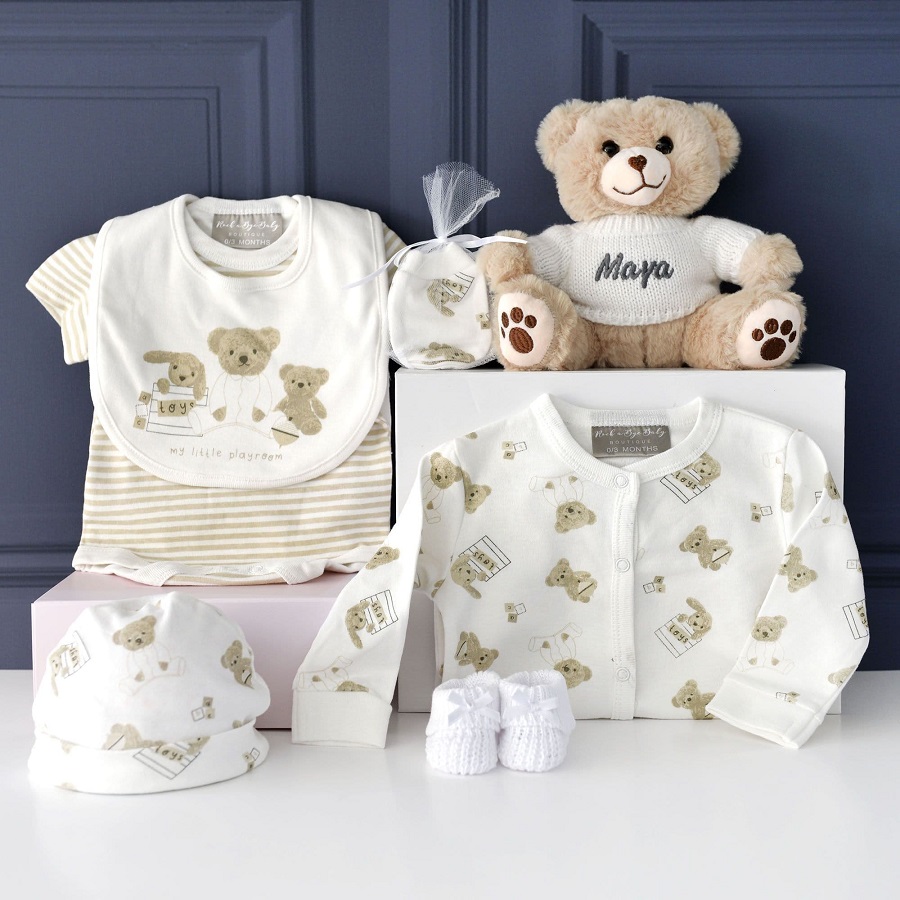
Considering the Ease of Care
Machine-Washable Fabrics
Babies are prone to spills, messes, and diaper blowouts, so it’s vital to choose clothes that are easy to care for. Look for machine-washable fabrics that can withstand regular washing without losing their shape or softness. Avoid delicate materials that require special care, as these can be impractical for everyday use. Check the care labels to ensure that the clothes you choose fit your lifestyle and won’t add unnecessary laundry challenges.
Stain-Resistant Options
In addition to being machine-washable, selecting stain-resistant clothing can save time and frustration. Some brands offer special treatments that help repel stains and make cleaning easier. Consider choosing darker colors or prints that can hide stains better than light-colored fabrics. While it’s impossible to completely avoid stains with babies, choosing clothes designed to resist them can make your life a little easier.
Exploring Personal Style
Embracing Your Baby’s Personality
While safety and comfort are paramount, you can still find clothes that showcase your baby’s unique personality. Look for prints, colors, and designs that resonate with your style as a parent. From adorable animal motifs to fun patterns, there’s no shortage of options to express your baby’s individuality. Mixing and matching outfits can also add a personal touch, allowing your little one to shine through their clothing choices.
Choosing Versatile Pieces
Investing in versatile clothing that can be mixed and matched with different outfits can enhance your baby’s wardrobe while keeping it practical. Neutral colors and classic patterns allow for easy coordination, making it simpler to create new looks with fewer items. Look for pieces that can transition between casual playtime and more formal occasions, ensuring your baby is always dressed appropriately for the moment.
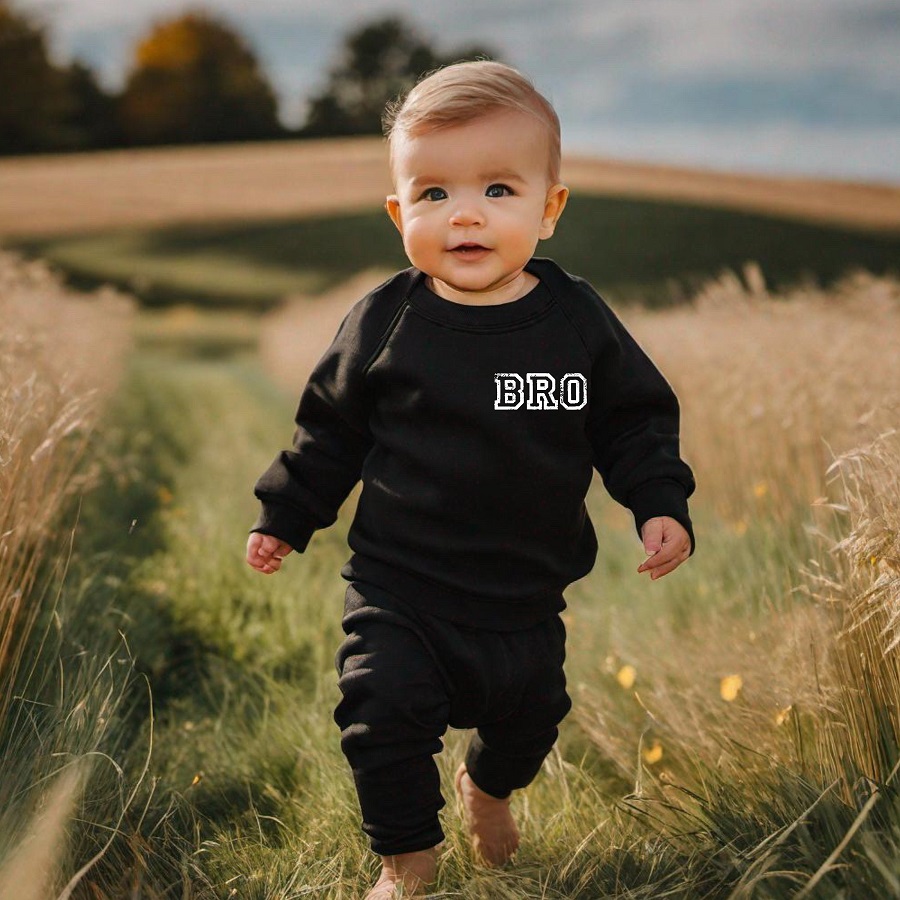
Planning for Growth
Buying for Future Size
As babies grow at an astonishing rate, planning for their future size is an important consideration when shopping for clothes. While it’s tempting to buy clothes in the current size, consider selecting items in larger sizes that your baby can grow into. However, be mindful of the fit and avoid clothes that are excessively baggy, as they can be uncomfortable and pose safety risks. Check the growth patterns of your baby, and try to strike a balance between immediate needs and future growth.
Storing Outgrown Clothing
As your baby grows, they will inevitably outgrow certain clothes. Instead of throwing them away, consider creating a system for storing outgrown items. Use labeled bins or vacuum-sealed bags to keep clothes organized by size or season. This not only makes it easier to find clothes for future children but can also save money if you choose to have another baby. Donating gently used clothing is also a great way to give back to your community while decluttering your home.
Conclusion: A Thoughtful Approach to Baby Clothing
Selecting safe and adorable baby clothes requires careful consideration of various factors, including fabric, fit, functionality, and personal style. By prioritizing safety features, comfort, and ease of care, you can create a wardrobe that not only looks cute but also meets your baby’s needs. Embrace the joy of dressing your little one by exploring various styles, colors, and patterns while ensuring they remain safe and comfortable. With these essential tips in mind, you can confidently navigate the world of baby clothing and enjoy the delightful process of dressing your child.
